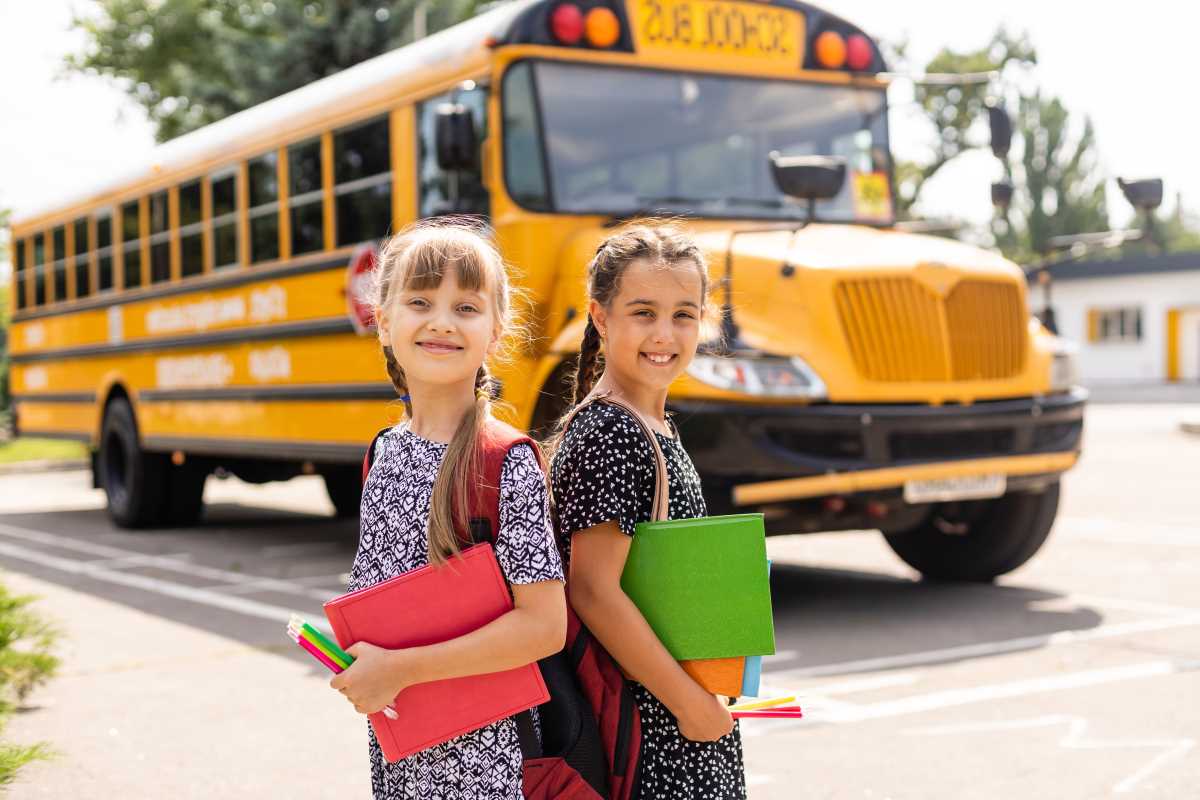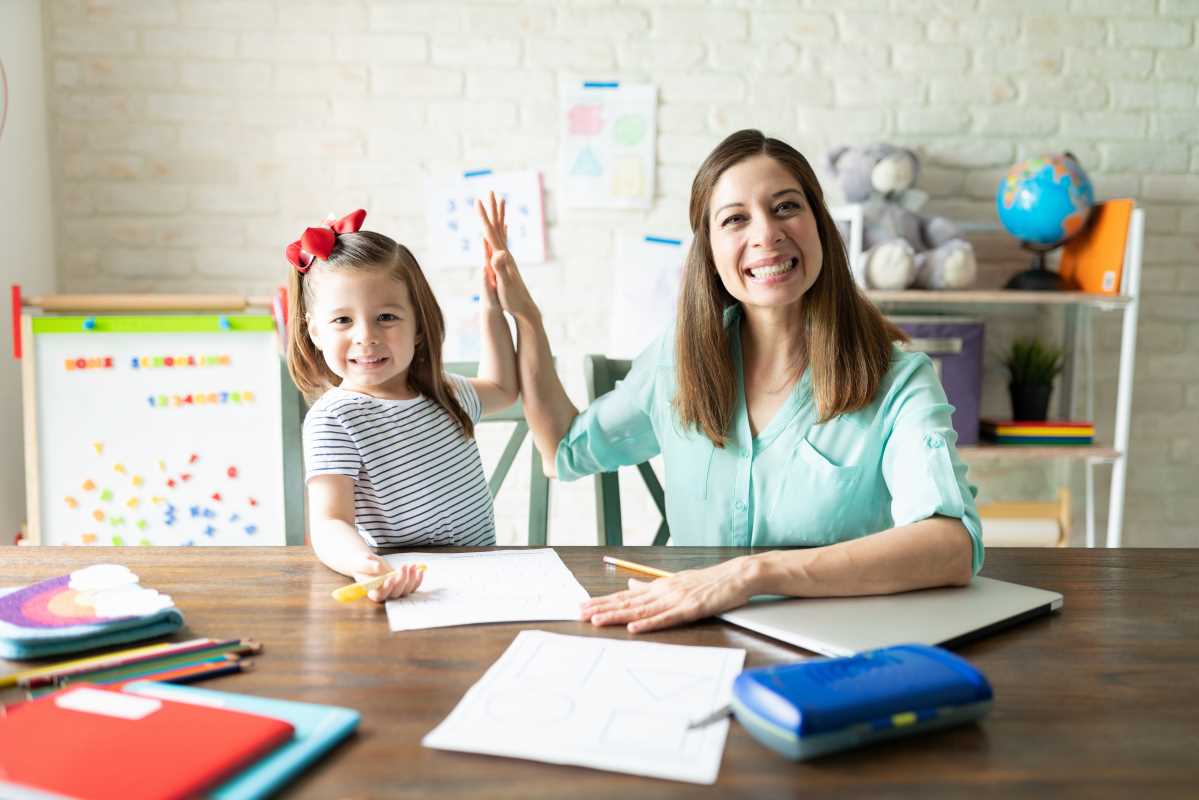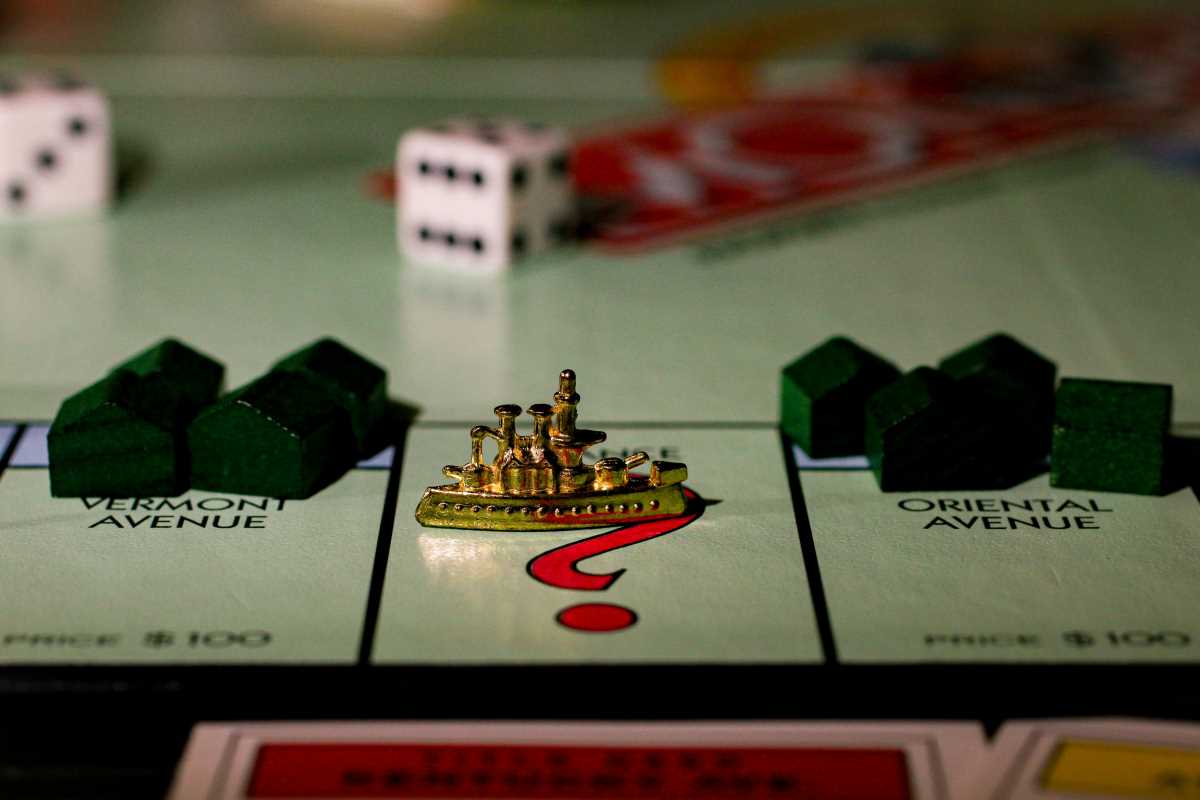Creating a family emergency plan is an essential step in ensuring the safety and well-being of your loved ones during unexpected situations. Whether it’s a natural disaster, medical emergency, or other unforeseen events, having a solid plan can significantly reduce anxiety and enhance preparedness. Below is how to develop an effective family emergency plan that everyone can understand and follow.
Assess Your Family's Needs
Start by assessing your family’s unique needs. Consider the ages of family members, any medical conditions, and individual capabilities. For instance, if you have young children or elderly relatives, their requirements will differ from those of healthy adults. Additionally, think about pets, as they will also need to be included in your emergency plan. Understanding your family dynamics will help you create a plan that is practical and effective.
Identify Potential Emergencies
Next, identify the types of emergencies your family could face. This may vary based on your location. For example, families living in hurricane-prone areas should prepare for evacuations, while those in earthquake zones may need to focus on sheltering in place. Consider other potential emergencies such as fires, floods, or medical emergencies. By understanding the threats specific to your area, you can tailor your plan accordingly.
Create a Communication Plan
A communication plan is crucial in the event of an emergency. Establish how family members will contact each other if separated. Designate a family member as the primary point of contact and ensure everyone has their contact information saved. Consider the use of group messaging apps to keep everyone informed. Establish a meeting place where the family can regroup if evacuated or displaced. This could be a designated location nearby or a safe spot in the community.
Develop an Emergency Kit
An emergency kit is vital for ensuring your family is prepared for any situation. This kit should contain essential supplies that can sustain your family for at least 72 hours. Key items to include are water, non-perishable food, a flashlight, batteries, a first-aid kit, medications, and personal hygiene items. Don't forget important documents such as identification, insurance papers, and any medical records. Regularly check and update the kit to ensure everything is in working order and not expired.
Practice the Plan
Once your emergency plan is in place, practice it with your family. Conduct regular drills to ensure everyone knows what to do in various situations, such as a fire drill or a severe weather alert. Familiarize everyone with the emergency kit and how to use the items inside it. Practicing the plan can help reduce panic and confusion during an actual emergency, making the response more efficient and effective.
Prepare for Evacuations
Discuss evacuation routes and transportation options with your family. Identify multiple routes from your home to safer areas, as certain roads may become impassable during an emergency. Ensure everyone knows where to find maps and how to navigate these routes. If your family relies on public transportation, familiarize yourself with local services and their schedules. Additionally, make arrangements for pets, as many shelters do not accept animals. Research pet-friendly shelters or prepare a separate emergency kit for your pets.
Stay Informed
Staying informed about local emergencies and alerts is crucial for effective planning. Sign up for local weather alerts and emergency notifications to stay updated on potential threats. Regularly review your emergency plan to adapt to any changes in your family situation or local conditions. Encourage open communication among family members about any updates or modifications to the plan.
Involve All Family Members
Finally, all family members should be involved in the planning process. Discuss the importance of the emergency plan and solicit input from everyone. This not only helps them understand the significance of being prepared but also makes them feel valued and invested in the plan. Engaging children in the conversation can teach them responsibility and reinforce the importance of safety.







